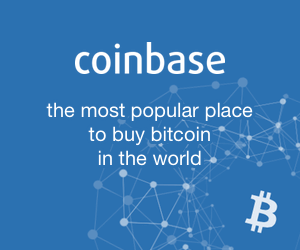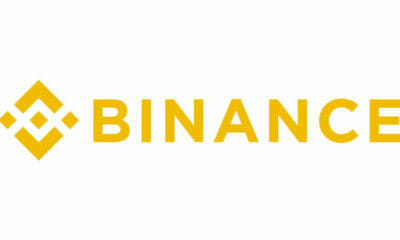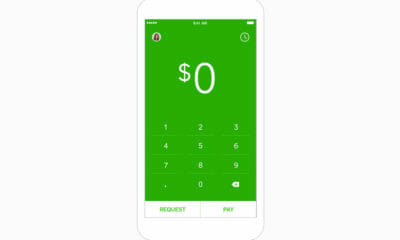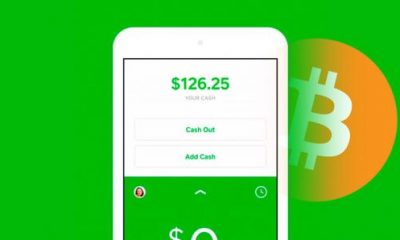After showing some signs of life Tuesday, it was a wicked Wednesday for bitcoin as the largest digital currency slumped by more than 8% by the time U.S. markets closed.
The glum Wednesday performance for the king of cryptos could reignite fears of bitcoin honoring the ominous death cross signal, which it recently committed. A security commits a death cross when its 50-day moving average moves below its 200-day line, something that recently happened for bitcoin. However, soon after the bitcoin death cross occurred, some traders speculated that it had failed and that the cryptocurrency could cobble together some near-term upside.
Bitcoin labored around $6,800 at this writing, indicating that a violation of $6,500, last seen on April 1, could intensify selling pressure.
“The debate remains whether the failure at the death-cross, where the 50-day moving average crossed below the 200-day, was a medium-term low,” according to MarketWatch. “The decline in bitcoin has weighed on the digital-currency complex.”
Ether, Litecoin and Ripple, among other cryptos, slipped on Wednesday with Litecoin giving back a significant chunk of Tuesday’s gains accrued on the back of a major adoption announcement.
An Ominous Forecast
Bitcoin lost about half its value in the first quarter and is well below its December highs of around $20,000, but even that startling decline is not preventing some market observers from forecasting more downside. At least one analyst believes the cryptocurrency will not find a bottom until it hits $4,000.
“We are still most definitely in a strong down trend and there is no reason to think the worst is behind us,” said Jani Ziedins of Cracked Market. “The thing to keep in mind is prices bounce decisively from grossly oversold levels. It is hard to claim last week’s dip to $6,500 was anything like the shocking free falls over the last few months.”
The bad news for bitcoin bulls is that Ziedins believes the digital currency needs to fall to $4,000 before it bounces in earnest.
“And the same can be said of today’s (Tuesday’s) few hundred dollar rebound,” he said. “If we haven’t reached shockingly oversold levels yet, then we are not done falling yet. Expect prices to undercut Feburary’s lows over the next few weeks and that violation to trigger a large wave of defensive selling. Don’t expect prices to bounce until we fall into the $4k range. Then and only then will it be safe to buy the bounce.”
If bitcoin falls from current levels to $4,000, that would represent a drop of just over 41.1%.




















